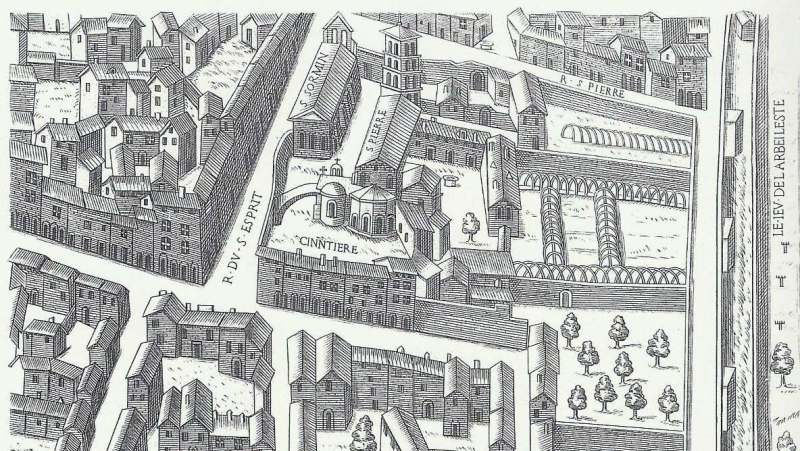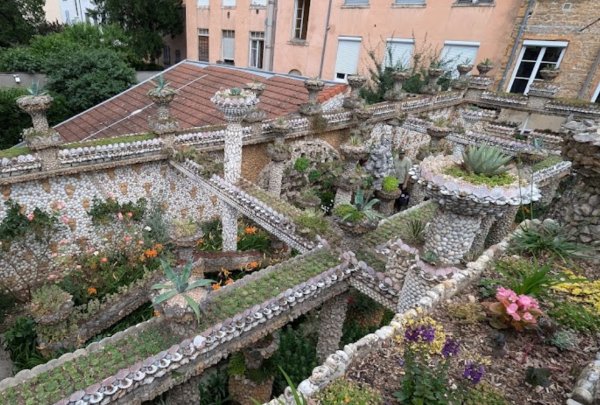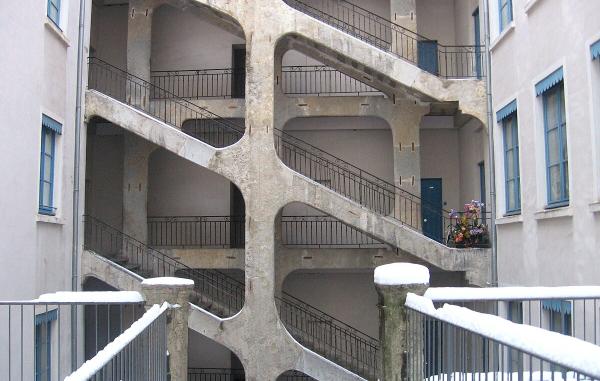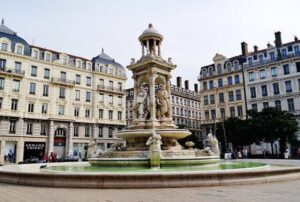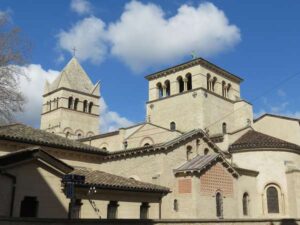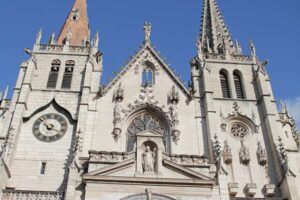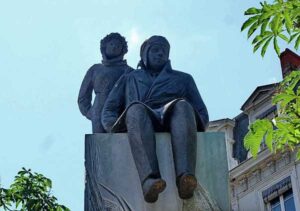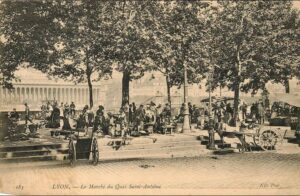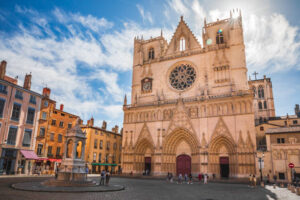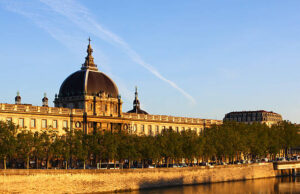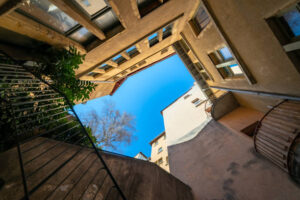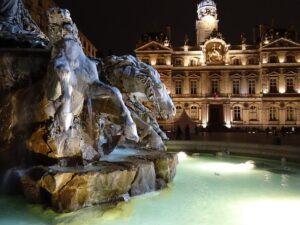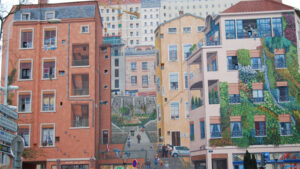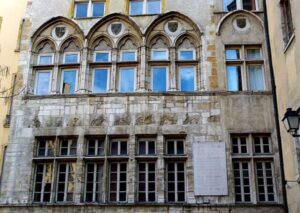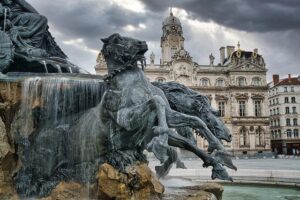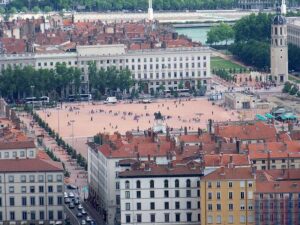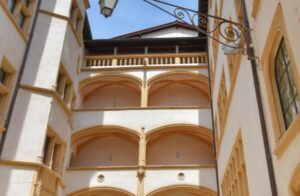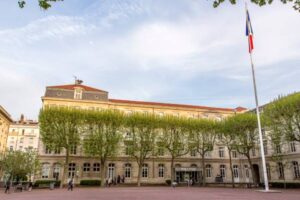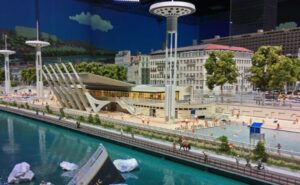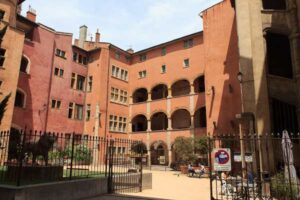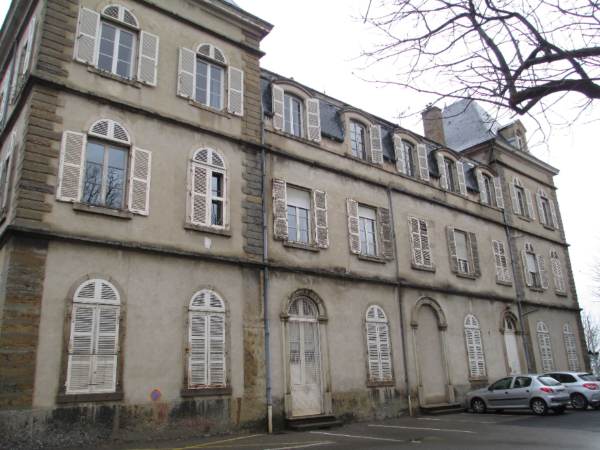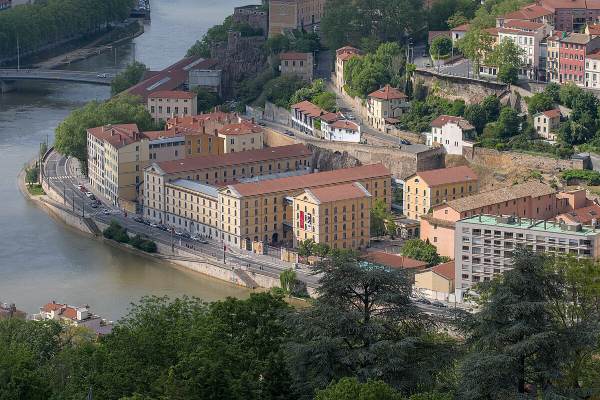The history of Saint-Pierre Abbey, whose exact date of foundation remains unknown, reveals a rich and complex past, marked by significant events over the centuries.
Origins and Evolution of the Abbey
Uncertain Origins : According to Ennemond, Bishop of Lyon in the 7th century, the monastery of the Ladies of Saint-Pierre may have existed as early as the 5th century, but its original location remains uncertain. The excavations of 1999 during the redevelopment of the museum did not elucidate the exact origins of the abbey, leaving areas of uncertainty as to its foundation.
Historical Mentions : The monastery is mentioned by Leidrade, Archbishop of Lyon, in a letter to Charlemagne in 810. It is also known as "Saint-Pierre les Nonnains". At that time, the abbey housed a community of 32 to 42 nuns and maintained relations with the Abbey of Reichenau, a famous cultural and scientific center of the Early Middle Ages.
Social and Political Evolution : The abbey enjoyed the protection of influential families such as the Counts of Forez, the Counts of Lyon, the Counts of Savoy and the House of Beaujeu. The nuns came from these noble families and formed a chapter electing the abbess, under papal authority and not that of the Archbishop of Lyon.
Periods of Reform and Decadence
Relaxations and Reforms : In the 14th century, there were signs of slackening in community life. In 1503, following behavior deemed inappropriate, the nuns were ordered to return to a cloistered life. However, discord arose, leading to their expulsion in 1637, gradually reducing the abbey's independence.
Reconstruction and Decline : In the 17th century, under the abbess Anne de Chaulnes, the abbey was rebuilt and renamed "Royal Abbey of the Ladies of Saint-Pierre". Despite a period of economic prosperity thanks to the rental of premises, the French Revolution in 1792 led to the expulsion of the last nuns and the suppression of religious congregations.
Post-Revolutionary Transformation
Later Usess: After the Revolution, the abbey successively housed the Bourse de Commerce, then a museum of fine arts in 1802, and finally university faculties of science and literature in the 19th century. The Musée des Beaux-Arts de Lyon was established there, marking the beginning of the transformation of the site into a cultural and educational space.
This rich and eventful history has shaped the Saint-Pierre Abbey, giving it major historical importance in Lyon, where its remains continue to bear witness to its past and its evolution over the centuries.

